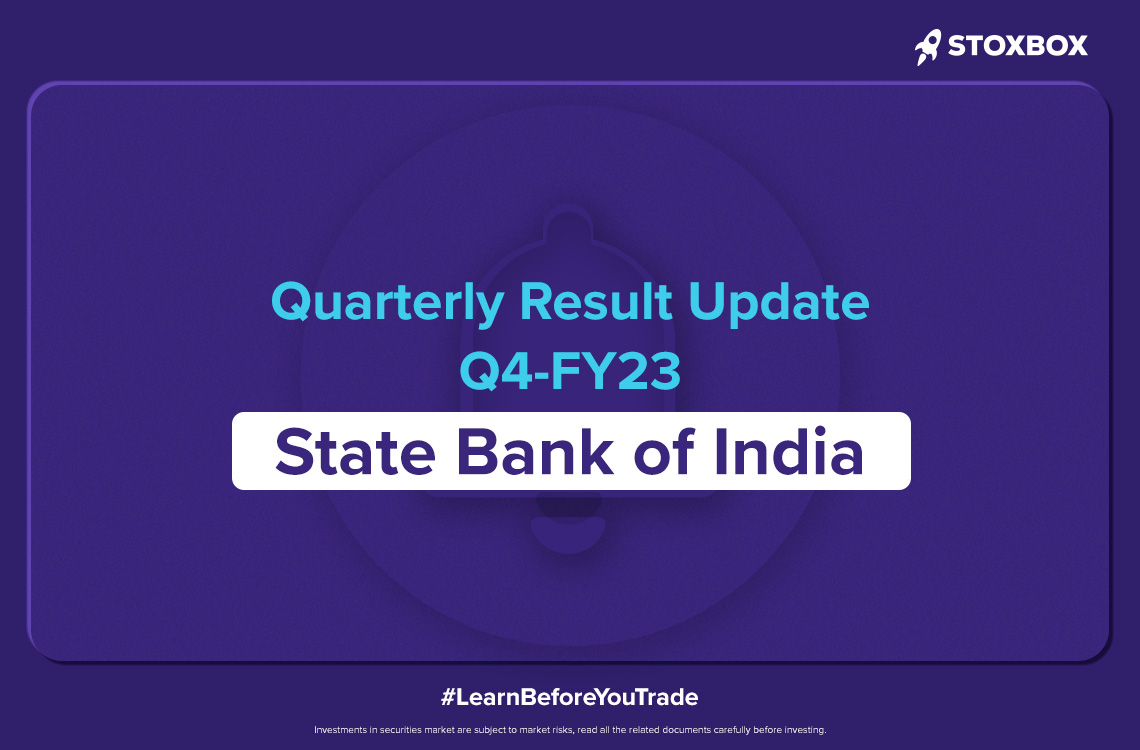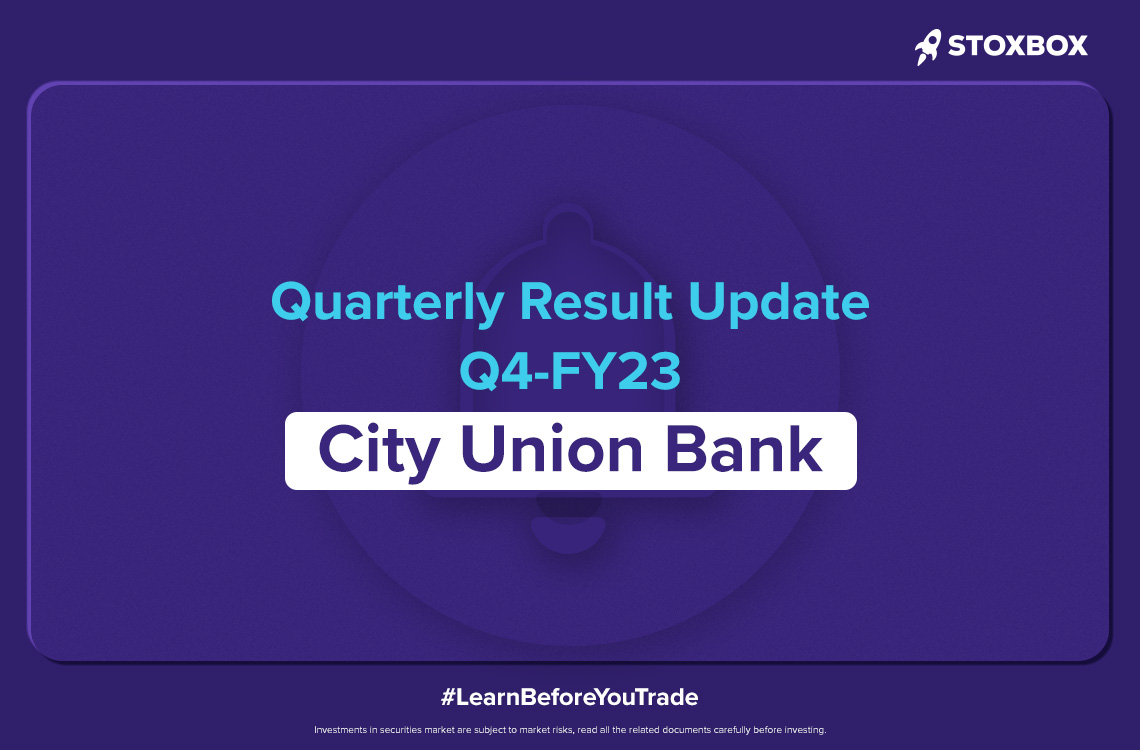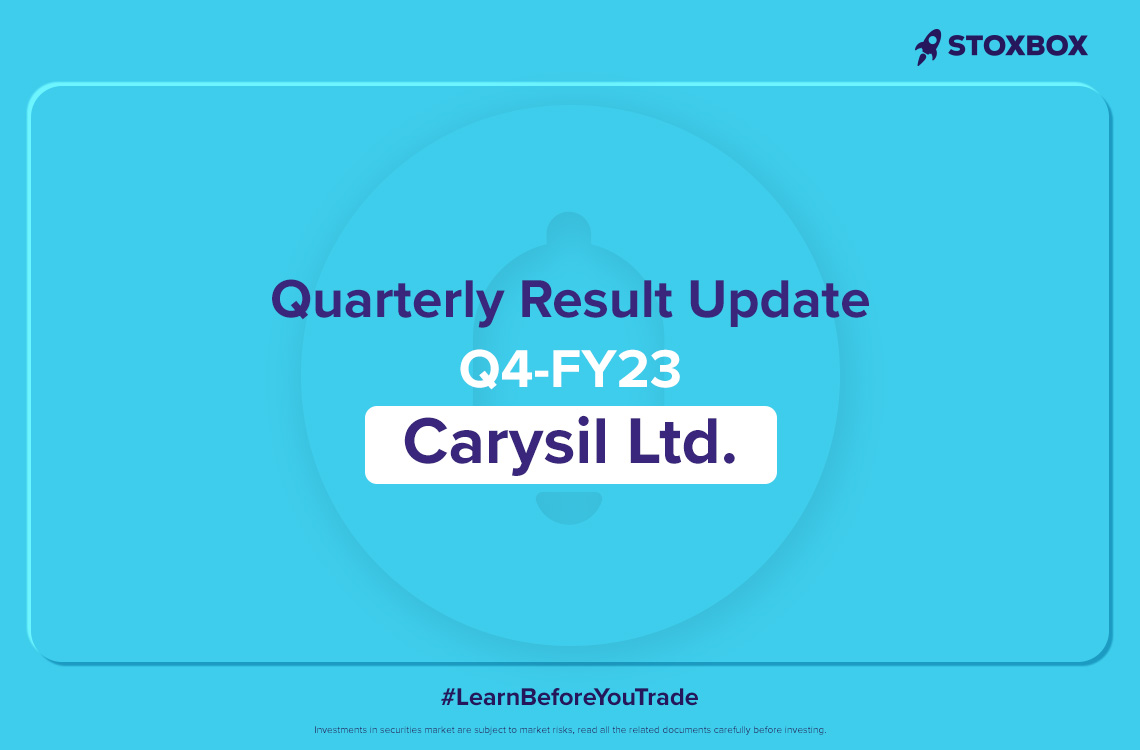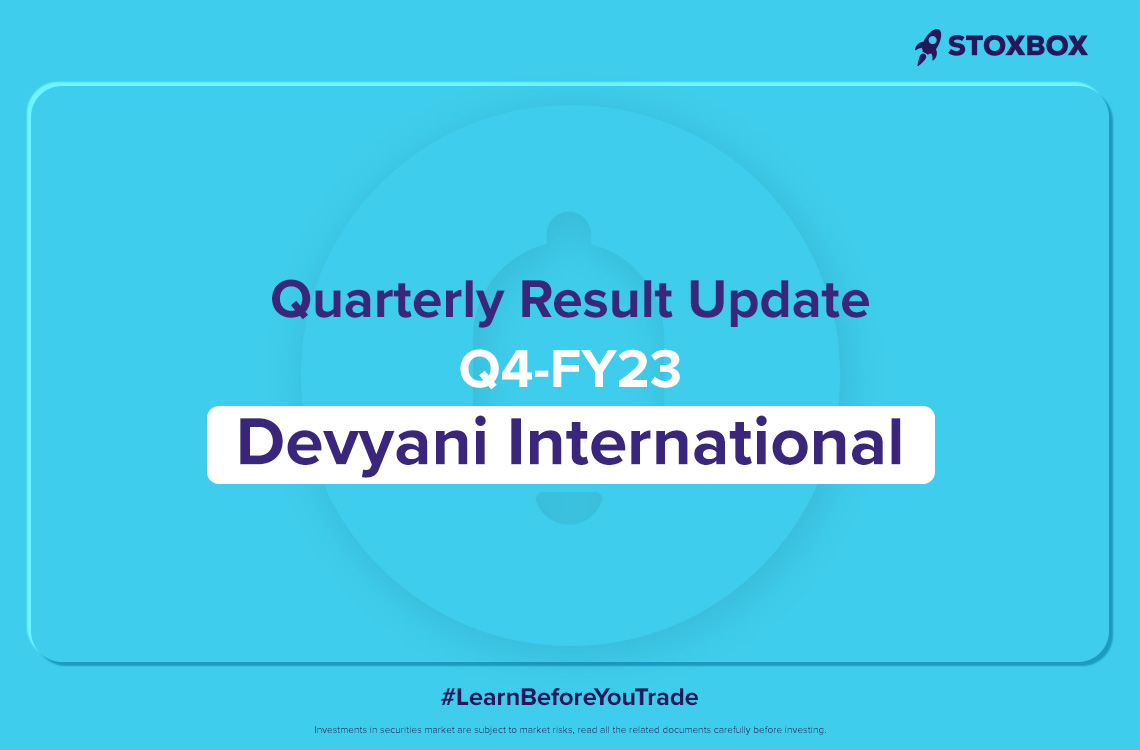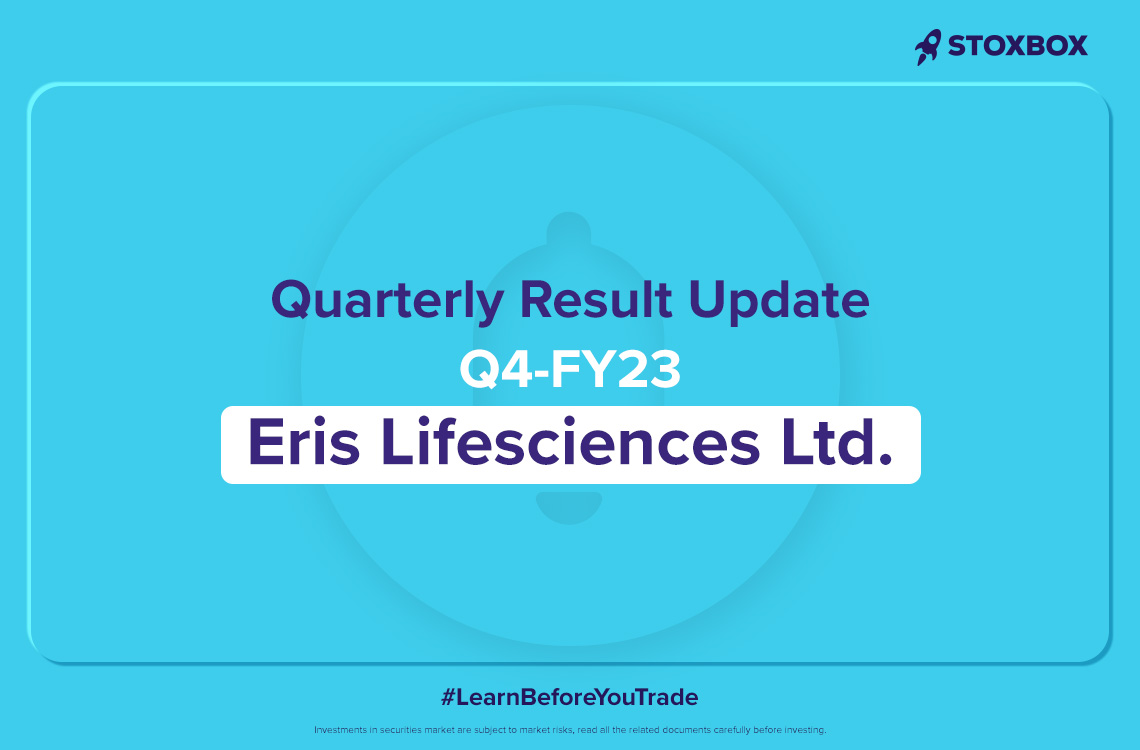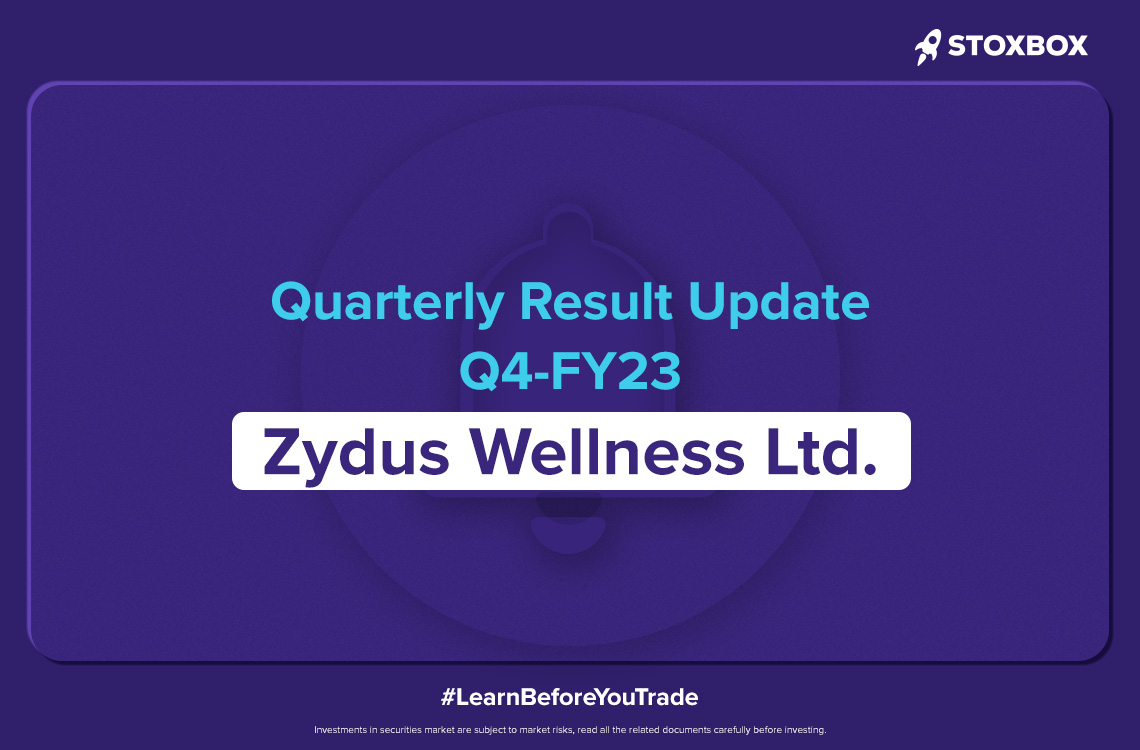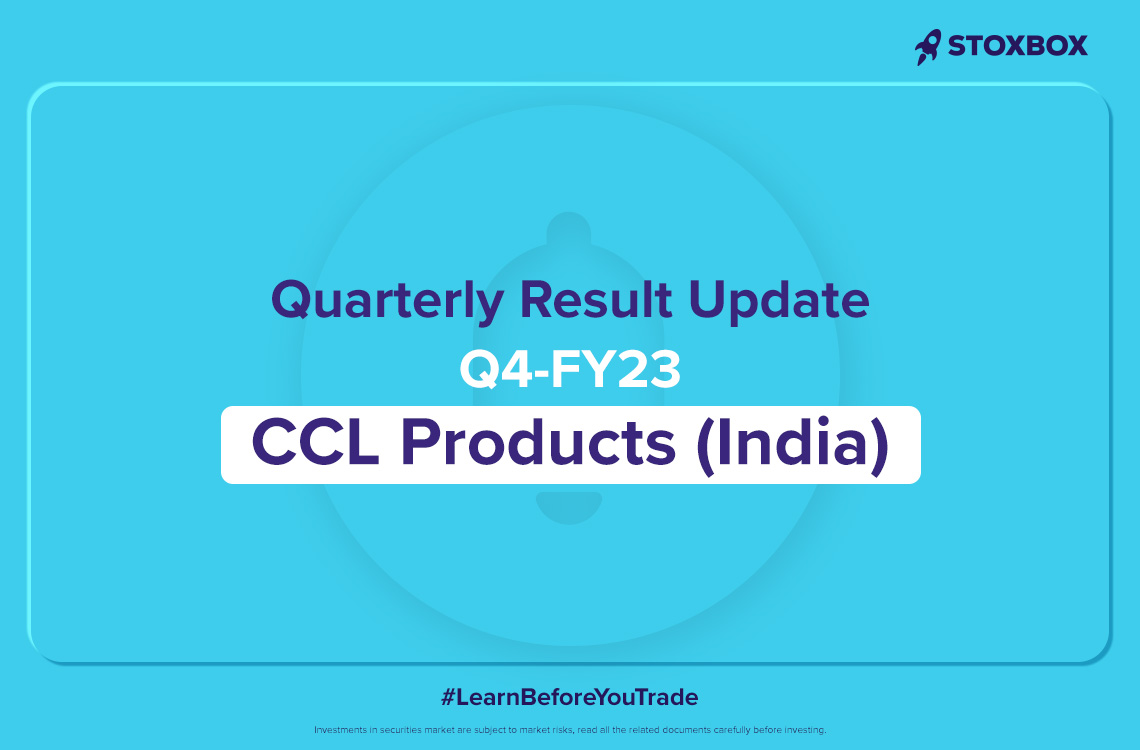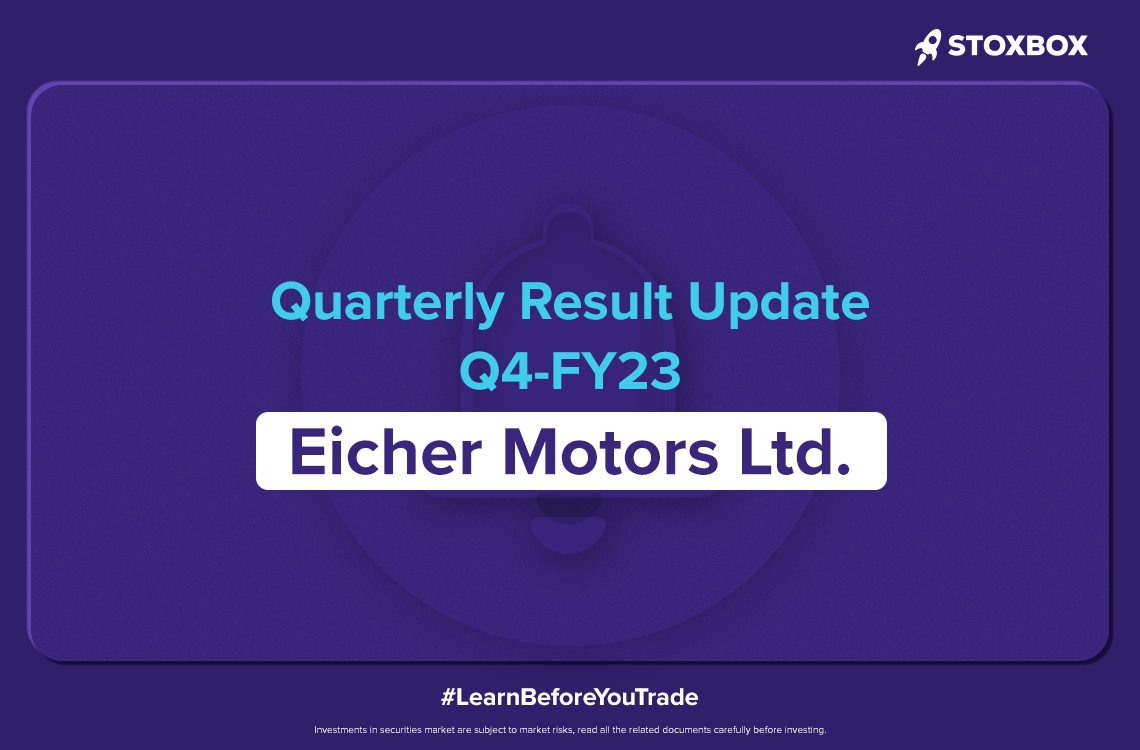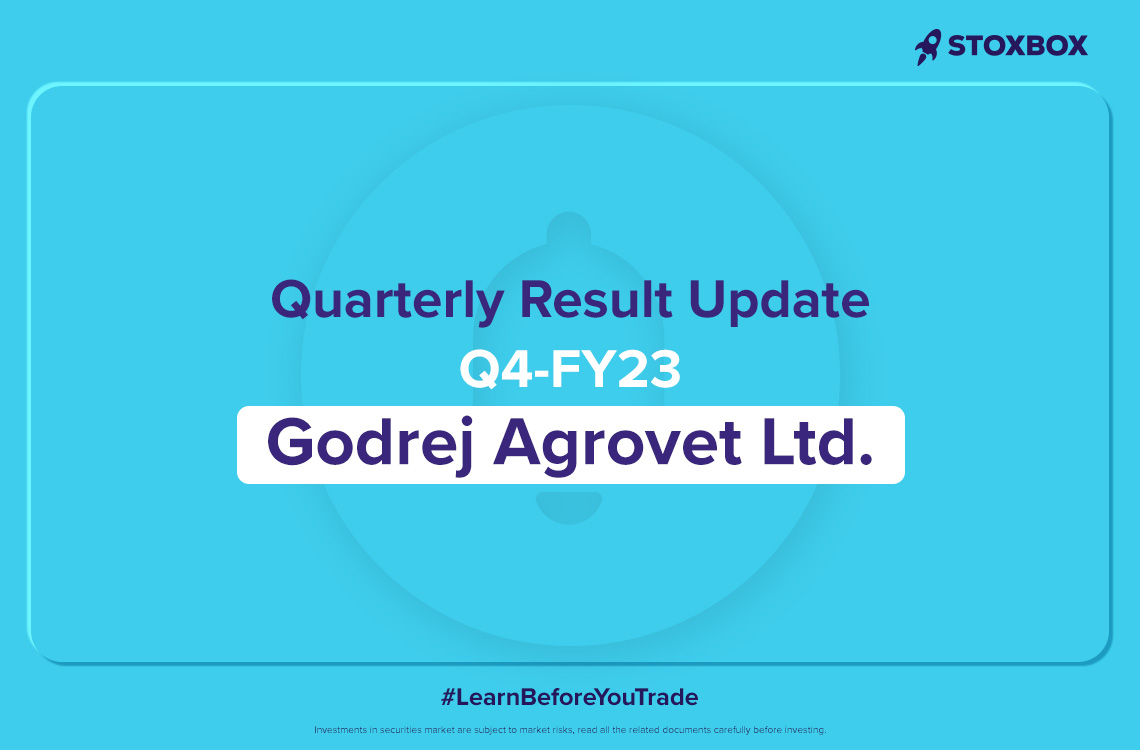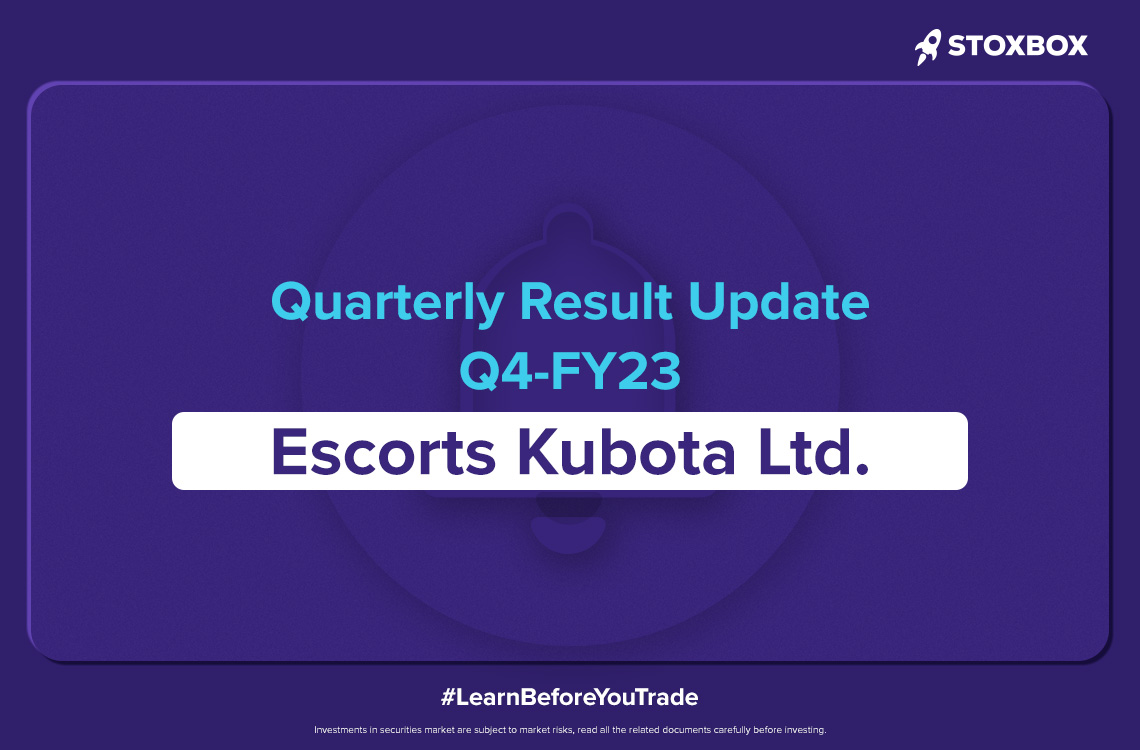State Bank of India (SBI) a Fortune 500 company, is an Indian Multinational, Public Sector Banking and Financial services statutory body headquartered in Mumbai. The rich heritage and legacy of over 200 years, accredits SBI as the most trusted Bank by Indians through generations.
SBI, the largest Indian Bank with 1/4th market share, serves over 45 crore customers through its vast network of over 22,000 branches, 62617 ATMs/ADWMs, 71,968 BC outlets, with an undeterred focus on innovation, and customer centricity, which stems from the core values of the Bank – Service, Transparency, Ethics, Politeness and Sustainability.
The Bank has successfully diversified businesses through its various subsidiaries i.e SBI General Insurance, SBI Life Insurance, SBI Mutual Fund, SBI Card, etc. It has spread its presence globally and operates across time zones through 229 offices in 31 foreign countries.
Growing with time, SBI continues to redefine banking in India, as it aims to offer responsible and sustainable Banking solutions.
Quarterly Result Highlights
State Bank of India (SBI) had a remarkable performance in Q4FY23, surpassing market expectations. The bank achieved a net profit of Rs. 50,232 crores for FY23, marking a growth of 58.6% YoY. In Q4FY23, SBI reported its highest-ever quarterly profit of Rs. 16,694.5 crores, up 17.5% QoQ and 83.2% YoY. Net Interest Income grew impressively by 6.1% QoQ and 29.5% YoY to Rs. 40,392.5 crores, surpassing consensus estimates.
Pre-provision operating profit (PPOP) declined 6.1% QoQ but increased by 24.9% YoY due to factors such as wage revision and increased tech-related expenses. Provisions decreased sharply to Rs. 3,315.7 crores in Q4FY23, attributed to effective asset quality management. Asset quality improved, with Gross NPA at 2.78% in Q4FY23 and Net NPA at 0.67%. The bank’s capital adequacy ratio improved to 14.68% in Q4FY23. Gross deposits and advances showed positive growth. CASA ratio stood at 43.80% in Q4FY23.
Valuation and Outlook
State Bank of India (SBI), the largest PSU bank, delivered an outstanding performance, surpassing market expectations in all key areas. The bank demonstrated strength in core operations, asset quality, and capital resilience, adhering to strict regulatory guidelines. Provisioning reduced significantly in Q4FY23 compared to the previous year.
SBI’s prudent approach to managing asset quality was evident with no defaulting loans in Q4FY23. Despite industry credit growth moderation, SBI remains optimistic about its credit growth in FY24. The bank’s commitment to improving return on assets (ROA) is on track, with ROA reaching 1.23% in Q4FY23. SBI’s core income streams and profitability continue to improve, providing a positive outlook for the bank.
Key Concall Highlights
- SBI expects its credit growth to continue in FY24, albeit with some moderation, projected to be around 12-14%.
- The bank has sufficient SLR reserves of Rs. 4 trillion, eliminating the need for aggressive deposit acquisition.
- There is potential for margin sustainability with the possibility of MCLR increasing.
- Other income is driven by forex earnings and cross-selling opportunities.
- The Express Credit Book is in a comfortable position, with a majority of borrowers being government employees or from reputable corporate houses.
- SBI’s strategy of reinvesting profits has created value for shareholders without diluting RoE.
- With a CAR of 14.68%, the bank can support a loan growth of around Rs. 7.10 trillion.
- Gross NPA ratio improved by 15 bps, reflecting asset quality improvement.
- Provision coverage ratio and digital customer acquisition remain strong for the bank
You might also Like.
City Union Bank Quarterly Result Update
Originally known as The Kumbakonam Bank Limited, City Union Bank...


